Testing and diagnosing faults on tumble dryers, using a smart meter
This video will not only show you how to test your tumble dryer, but also will show you how to save a lot of money
🚫 NOTE: when searching for tumble dryer parts, you will always need your full model number and brand if you cannot find what you're looking for please use the Contact Us page
Utilising Smart Meters for Efficient Tumble Dryer Testing 💡
For over 40 years, I've been dedicated to fixing Tumble Dryers and sharing my knowledge. One of the most transformative tools I've come across in my journey is the meters,
My multimeter allows me to test individual components, and also measure the ohms resistance of an individual component,
Smart meters for testing appliances
My clamp on meter allows me to see what an individual component is drawing on the tumble dryers,
The display meter which measures wattage, amperage, electrical consumption in kilowatts and also shows me what voltage and frequency I have before I plug the appliance in. These devices are not just tools; they're the bridge between understanding your appliance and diagnosing its issues. 🔍
Why are meters indispensable? 🤔
Meters provide a comprehensive view of your tumble dryers operations. They can measure everything from the voltage and wattage to the kilowatts used during a cycle. This data is invaluable, as it not only helps in diagnosing problems but also in understanding the cost implications of running your tumble dryer, vented, condenser, or heat pump. 💡
**Utilising Smart Meters for Efficient Tumble Dryer Testing** 💡
The advent of smart meters has revolutionized the way we test and diagnose issues with tumble dryers. Whether it's a vented, condenser, or heat pump dryer, the ability to monitor wattage and energy consumption provides invaluable insights into the appliance's performance and potential malfunctions. 🔄
**Vented Tumble Dryers: An Overview** 🌀
Vented tumble dryers are equipped with a motor that alternates its rotation direction, ensuring clothes don't tangle. Typically, after every 2-3 minutes of rotation in one direction, the heater kicks in. The energy consumption of these dryers varies based on whether they operate on sensor-dry mechanisms or manual timing. By using a smart meter, one can monitor this consumption over, say, an hour-long cycle. This not only aids in fault diagnosis but also helps users optimize their appliance usage—be it harnessing solar electricity during daylight ☀️ or tapping into economy tariffs at night 🌙.
Unlike condenser dryers that recycle air, vented dryers heat the air passing through the clothes and then release the moisture-laden air into the environment. 🌬️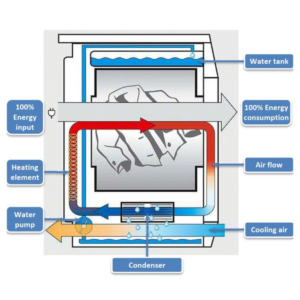
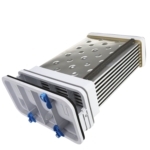 **Condenser Tumble Dryers: A Deeper Dive** 🌫️
**Condenser Tumble Dryers: A Deeper Dive** 🌫️
Condenser dryers come with their own set of complexities. They work by retaining and recycling the heat within the machine, condensing the moisture out via cooler plates exposed to room temperature. Many modern models are equipped with sensors that detect the moisture content in clothing. This allows the dryer to adjust its drying time for enhanced energy efficiency. Integral to their operation are thermostats that manage heating activation and NTC sensors that relay temperature data to the machine's circuit boards. 🔧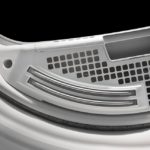
**Heat Pump Tumble Dryers: The Future of Drying?** 🌡️
Heat pump tumble dryers stand apart due to their unique operation mechanism. Instead of traditional heating systems, they employ refrigeration processes. These dryers evaporate water from garments using the warmth they generate and extract moisture through cold plates. The cooled air is then recirculated, with NTC sensor controls playing a pivotal role in regulating compressor operation times. ❄️
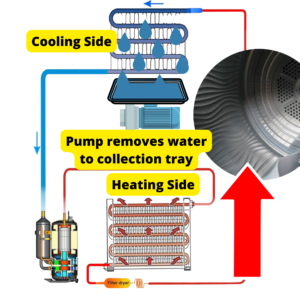 While condenser and vented tumble dryers might consume more energy than heat pump variants, they often have a lower failure rate. Common issues like dust accumulation, clogged filters, or a compromised matrix cooling system can lead to corrosion-induced gas leaks in heat pump dryers. Over time, this affects the compressor's efficiency in generating hot or cold airflow. When considering the lifespan and efficiency of these appliances, it's crucial to weigh the initial purchase cost against the potential savings over time. Today's consumers are presented with a myriad of choices, and it's essential to make informed decisions, considering factors like efficiency gains versus the expenditure differentials between models. 💰🤔
While condenser and vented tumble dryers might consume more energy than heat pump variants, they often have a lower failure rate. Common issues like dust accumulation, clogged filters, or a compromised matrix cooling system can lead to corrosion-induced gas leaks in heat pump dryers. Over time, this affects the compressor's efficiency in generating hot or cold airflow. When considering the lifespan and efficiency of these appliances, it's crucial to weigh the initial purchase cost against the potential savings over time. Today's consumers are presented with a myriad of choices, and it's essential to make informed decisions, considering factors like efficiency gains versus the expenditure differentials between models. 💰🤔
My Personal Take on Tumble Dryers: A 40-Year Perspective 🛠️
Having dedicated 40 years to working on tumble dryers and witnessing the leaps in technology, I wholeheartedly embrace innovation. However, in my seasoned opinion, the vented and condenser tumble dryers remain the champions even today. 🏆 While it's undeniable that they consume more electricity than their heat pump counterparts, the financial math doesn't quite add up. 📊
Investing in a dyer that's £250-£300 pricier than the basic model for marginal energy savings doesn't seem justified, especially when you factor in the machine's lifespan. 💸 While I'm a staunch advocate for environmental conservation 🌍, sending appliances to landfills prematurely isn't eco-friendly. Manufacturers need to be more transparent and considerate when presenting statistics. It's essential to include the appliance's longevity in the equation, as omitting this can mislead the general public. 🔄📉
Smart meters for testing appliances
Ohms law calculator for testing tumble dryer components
you can use this to test your tumble dryer components:
-
Indesit condenser tumble dryer, IDC8T3B UK Motor running, but the drum is not turning
-
How a condenser tumble dryer works
-
Hoover or Candy Smart touch tumble dryer not heating, element fault or thermostat E05, E08, E21
-
Bush & Cookology Compact tumble dryer Fault Finding Service & Maintenance
-
Bosch, Neff, Siemens Tumble dryer intermittent fault starts and stops afer a while or does not start
-
Hoover One Touch Tumble Dryer Dynamic error fault codes
-
Tumble Dryer Door Wont Shut Latch or Catch Broken How To Replace
-
Hotpoint Indesit Tumble dryer not heating Replacing element
One Response to “Testing and diagnosing faults on tumble dryers, using a smart meter”

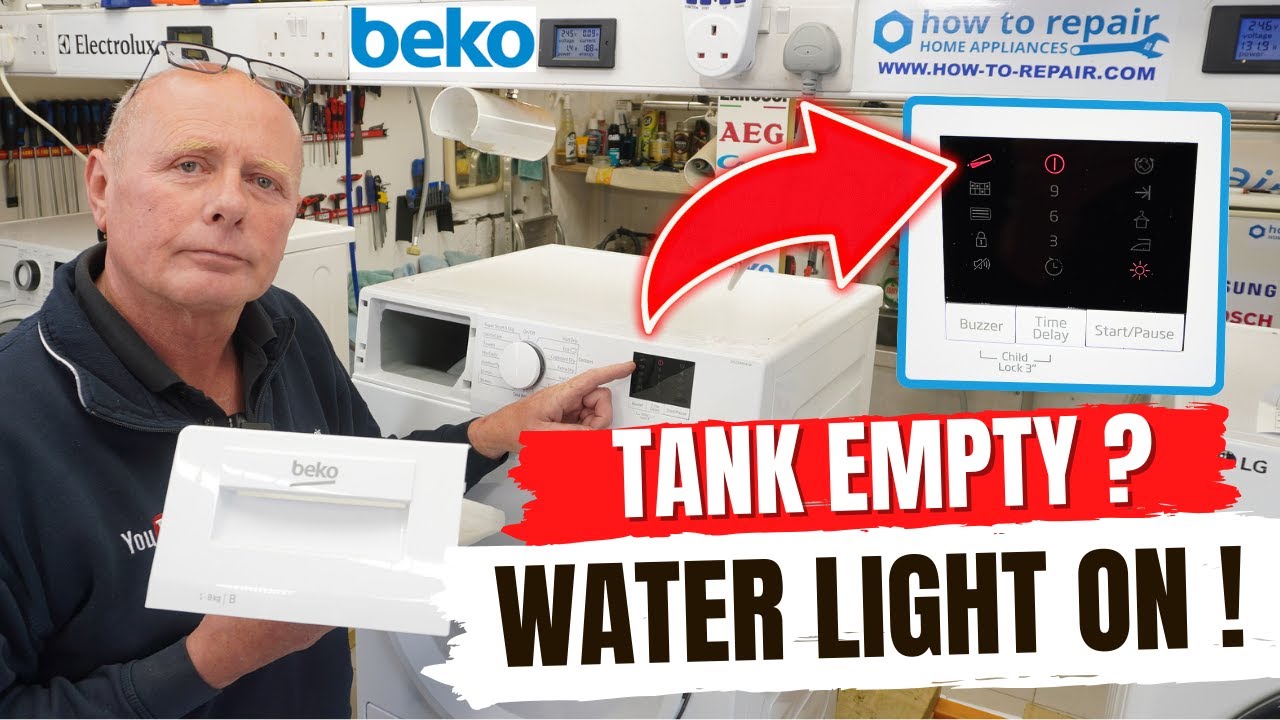
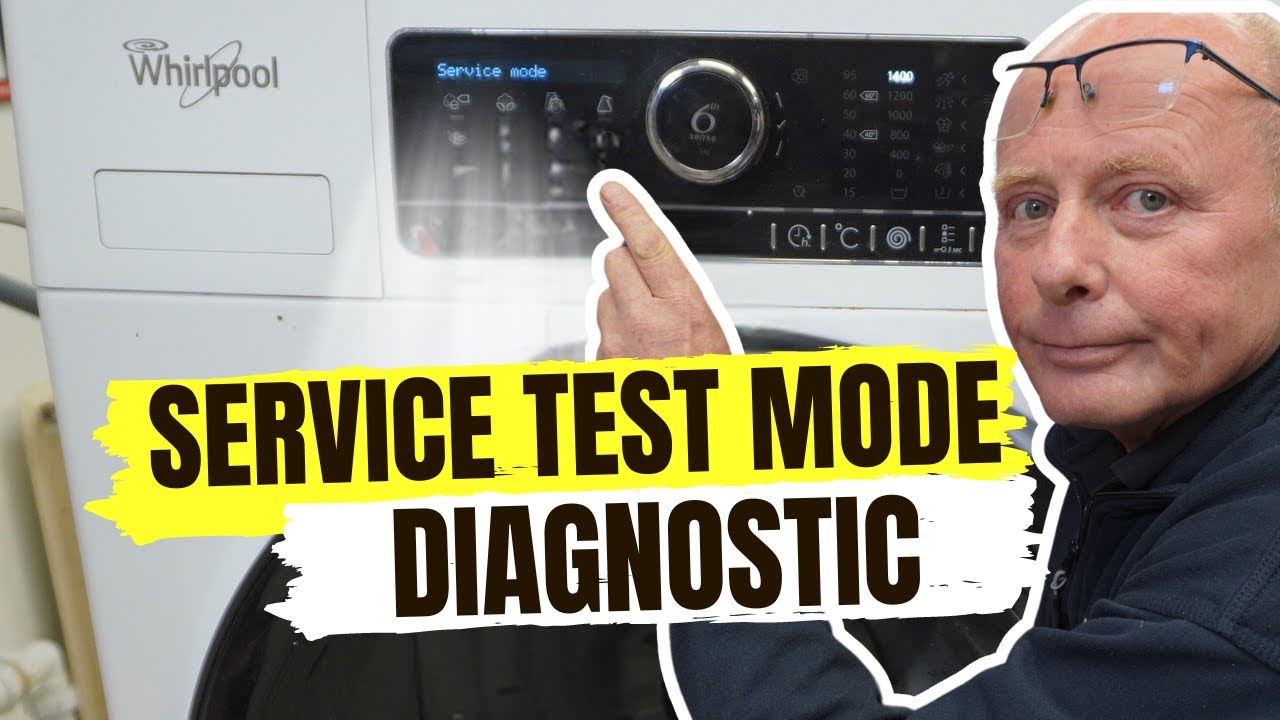
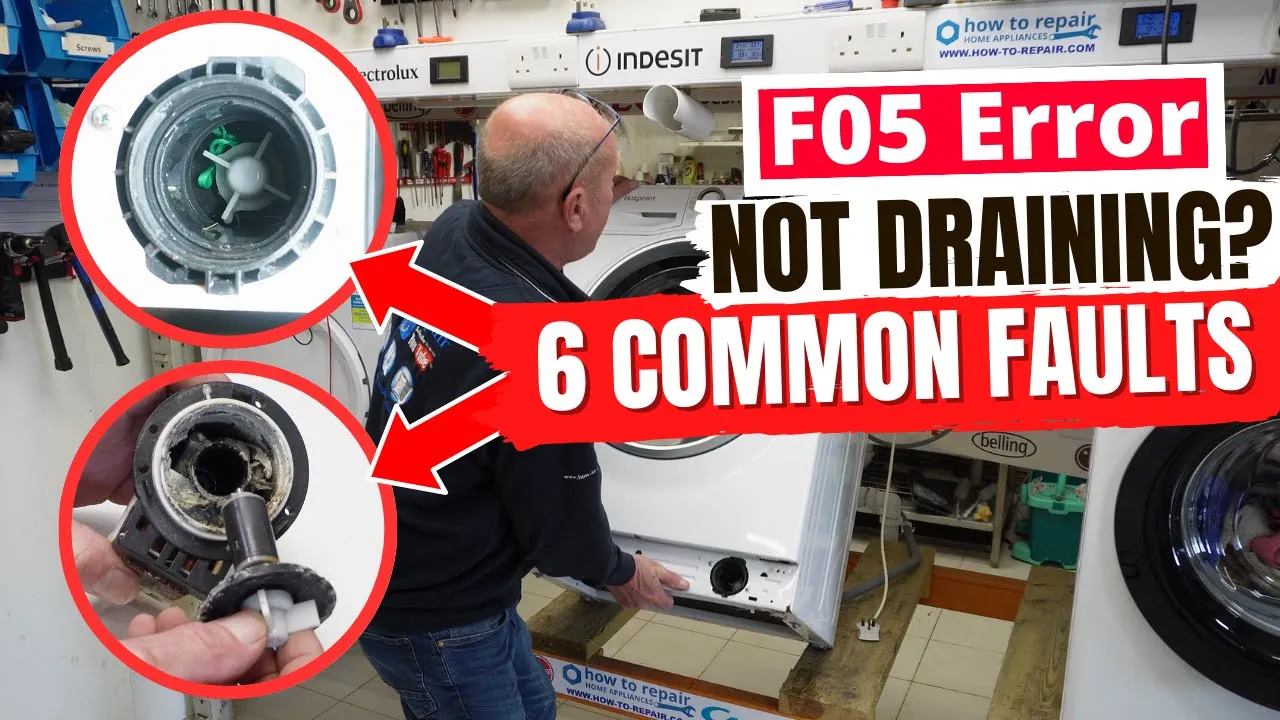
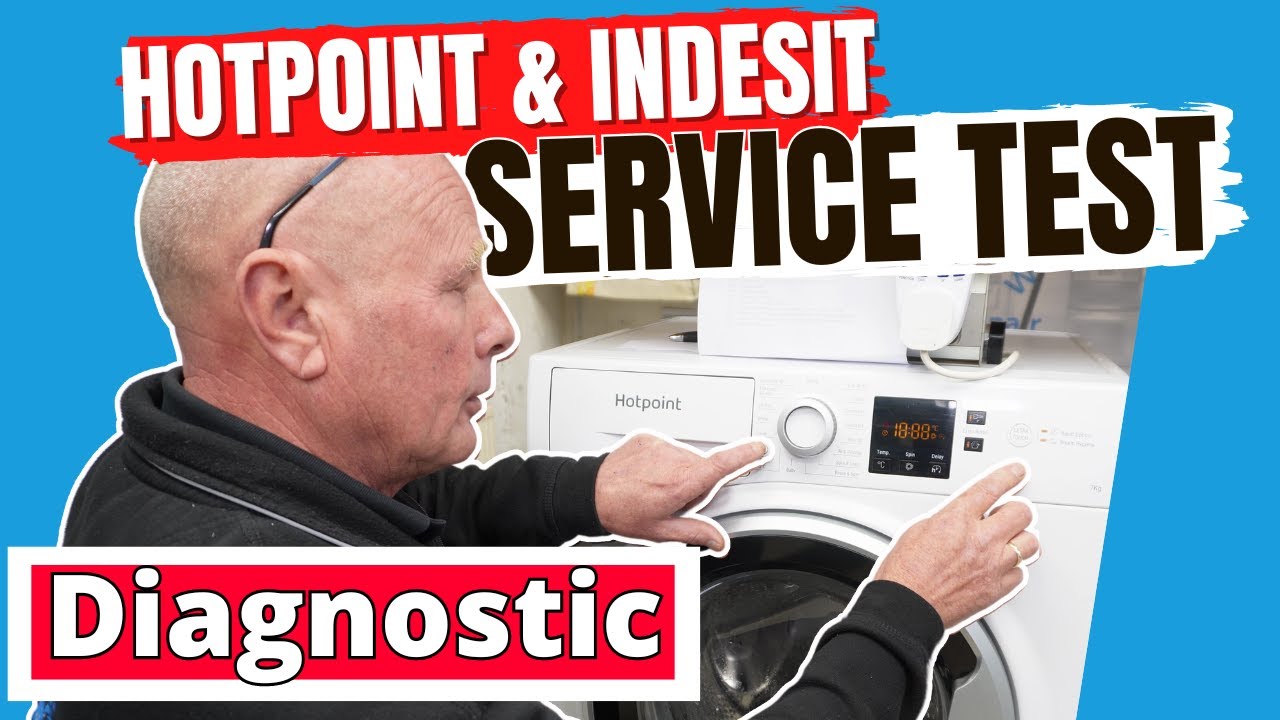

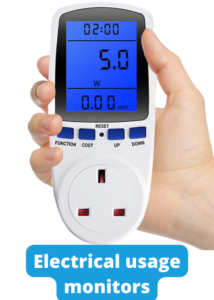
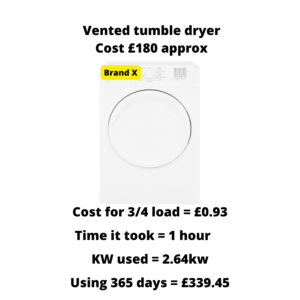
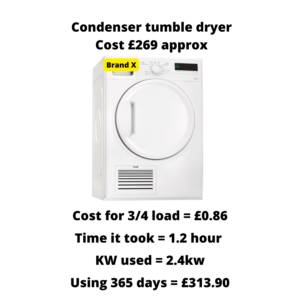
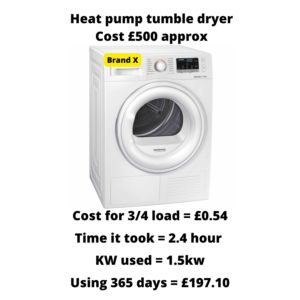

















Hello. Having repaired my washing machine, it is now the turn of my Indesit tumble dryer IDCE 8450BH to break down. It shows a fault F04, which I have learned usually means a faulty (jammed) pressure switch – but just where is that pressure switch? and how can it be checked?
I cant even find anyone online who sells spare pressure switches for this machine. I hope you can give me some guidance.
Many thanks
Henry Goodfellow